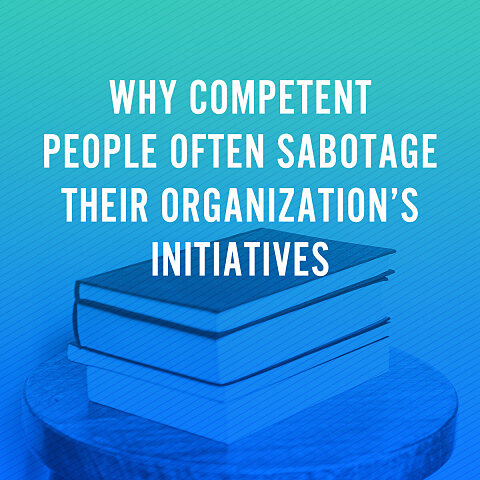How to Best Lead Your Staff During Uncertain Times
By The A Group
Who would have ever saw this coming? It’s almost impossible to prepare yourself or your organization for what we have encountered over the past few months. And as a leader of any kind, you’ve had to navigate some choppy, uncertain waters.
What do you tell your teams is the path forward? How do you encourage them when you don’t even know what tomorrow will look like?
While communicating to your teams is more difficult than ever, it’s also more important than ever. Do not neglect the opportunity to guide, manage and encourage your team as you navigate uncertainty.
Harvard Business Review conducted some assessments with employees of for-profit, nonprofit and government entities designed to measure employee satisfaction with the organization’s overall engagement with them during the Covid-19 pandemic. After assessing over 800 responses, there were five key takeaways for leaders to consider when interacting with their staff during this tough time.
- Communicate frequently.
Waiting until your monthly company meeting to communicate the vision, steps forward and goals is not enough. We see changes every single day in this world, and likely those shifts are also causing your organization to pivot in other ways.
Frequent communication makes your team feel more connected, more trusting of your guidance, and helps them feel seen in this isolating and discouraging time. You may grow tired of repeating the same core values and mission statements, but your team needs to be reminded that your purpose as an organization has not diminished.
Note: Try not to constantly state the obvious. Everyone knows that everything has changed and it has resulted in some negative outcomes. Be honest with your teams but also hopeful. Put yourself in their shoes and decide what they need to hear.
- Provide safe opportunities for feedback
Give your staff multiple ways to provide feedback about their overall thoughts, fears and concerns. Some prefer to have access to your HR department to provide their feedback, and others prefer an online survey (anonymous or not).
And when you ask for feedback, don’t let that sit idle. Even if it’s feedback you don’t intend to act on or make changes because of, you should address just that. A simple, “thank you for your thoughts on how we should shift our efforts in XYZ area. At this time, we don’t have enough resources to tackle this effort, and instead are focusing on XYZ…” type message will help them know that you in fact read their feedback, thought about it, but have other reasons for not implementing it.
- Help your employees work from home efficiently
Working from home isn’t a “perk” for all. Some staff will love it and others will wish they could drive into the office. Help make this transition as seamless as you can for them.
Offer to send them a second monitor, packs of pens and paper, a web cam or standing desk. This will help your teams be more productive while also showing them that you care and value them making these sacrifices.
P.S. Be flexible with people’s new work/family balancing act. With kids, spouses and FedEx interruptions, there will likely be some additional grace and flexibility needed during meetings and work hours.
- Address job security concerns
Whether you know it or not, there are likely people within your organization who aren’t sure if their job will be maintained through this pandemic. Some roles are not needed, while others have changed so much that they aren’t sure if they’re even making a difference.
It’s your job to address concerns, spoken or not. If an employee’s job is safe, tell them. If it’s not, prep them so they can also plan accordingly.
- Provide a plan for the future
Is there anything going well right now in your organization? If so, communicate that! Tell your staff what your goal is amidst the uncertainty. Sitting in the “in between” until you know what six months from now will look like will tire your teams and leave them scrambling, wasting resources on unclear goals.
It is possible to provide clarity amidst uncertainty. Determine your path forward based on everything you know and cast hopeful vision around those next steps. This will give your staff something to hold onto and restore hope in the organization’s potential.
While no one is getting this perfect, try to take one step forward today in bettering your communication with your teams. They need your words more than ever.















